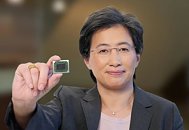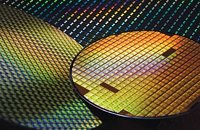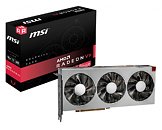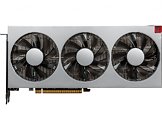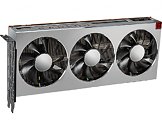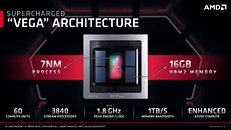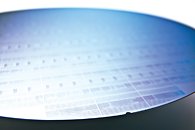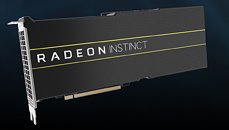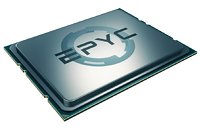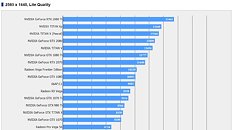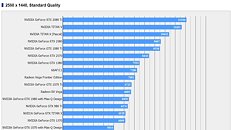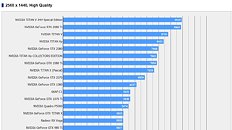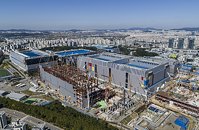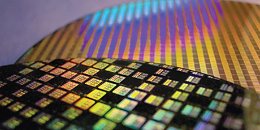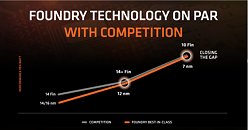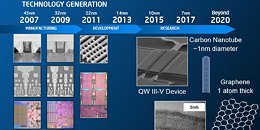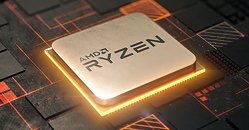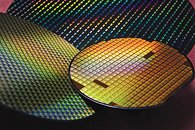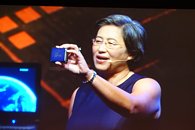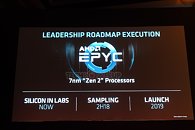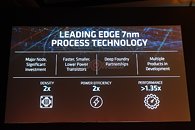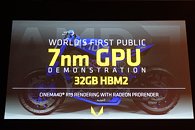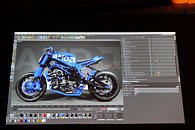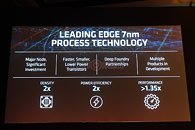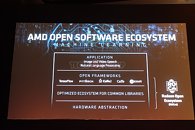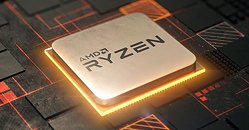
AMD President and CEO Dr. Lisa Su to Deliver COMPUTEX 2019 CEO Keynote
Taiwan External Trade Development Council (TAITRA) announced today that the 2019 COMPUTEX International Press Conference will be held with a Keynote by AMD President and CEO Dr. Lisa Su. The 2019 COMPUTEX International Press Conference & CEO Keynote is scheduled for Monday, May 27 at 10:00 AM in Room 201 of the Taipei International Convention Center (TICC) in Taipei, Taiwan with the keynote topic "The Next Generation of High-Performance Computing".
"COMPUTEX, as one of the global leading technology tradeshows, has continued to advance with the times for more than 30 years. This year, for the first time, a keynote speech will be held at the pre-show international press conference," said Mr. Walter Yeh, President & CEO, TAITRA, "Dr. Lisa Su received a special invitation to share insights about the next generation of high-performance computing. We look forward to her participation attracting more companies to participate in COMPUTEX, bringing the latest industry insights, and jointly sharing the infinite possibilities of the technology ecosystem on this global stage."
"COMPUTEX, as one of the global leading technology tradeshows, has continued to advance with the times for more than 30 years. This year, for the first time, a keynote speech will be held at the pre-show international press conference," said Mr. Walter Yeh, President & CEO, TAITRA, "Dr. Lisa Su received a special invitation to share insights about the next generation of high-performance computing. We look forward to her participation attracting more companies to participate in COMPUTEX, bringing the latest industry insights, and jointly sharing the infinite possibilities of the technology ecosystem on this global stage."
